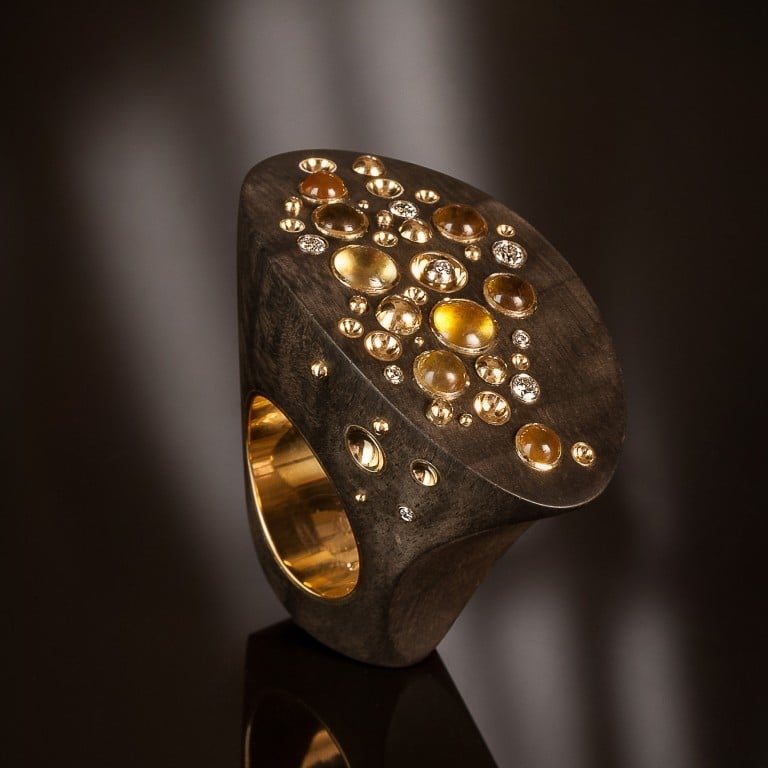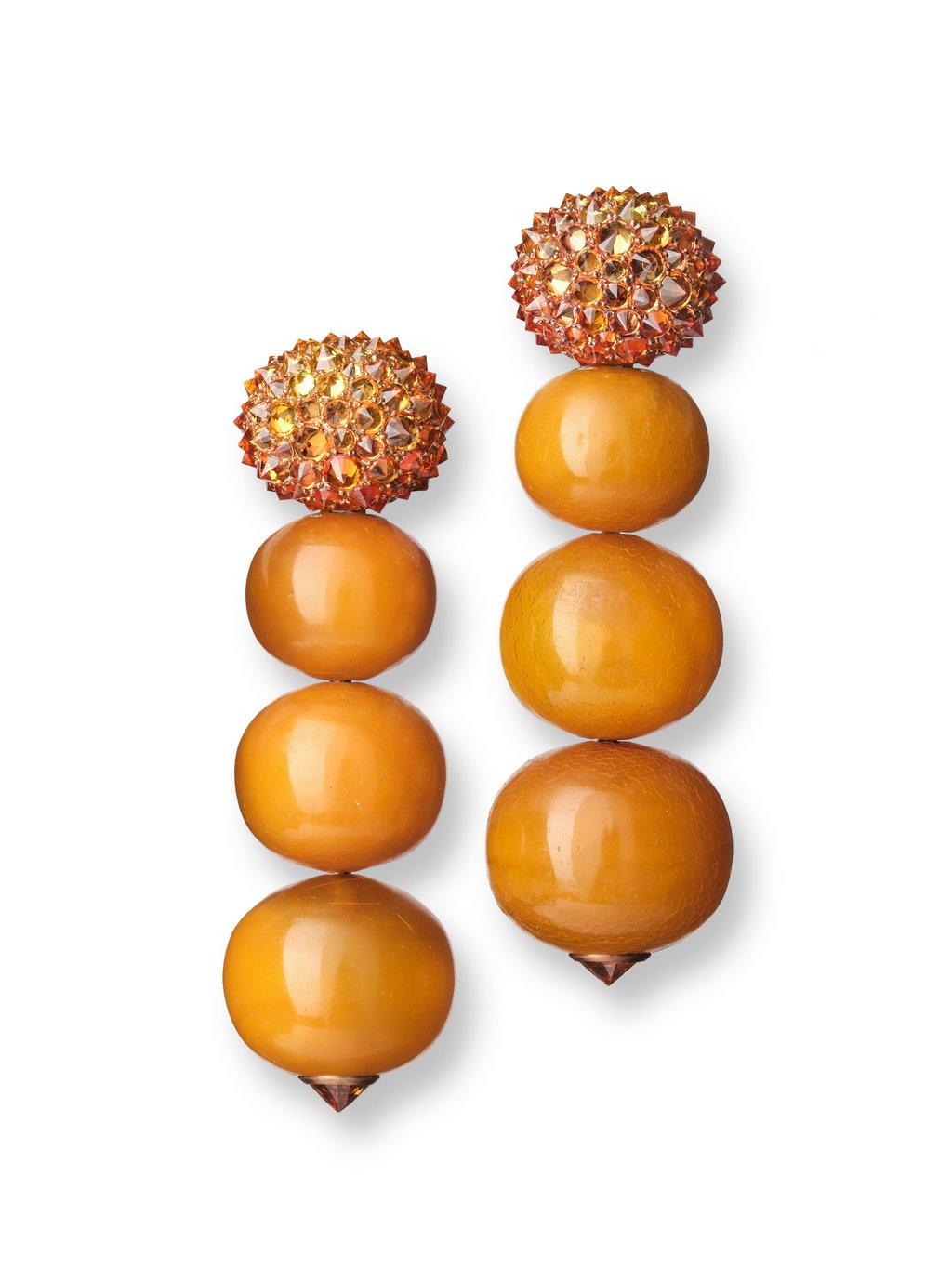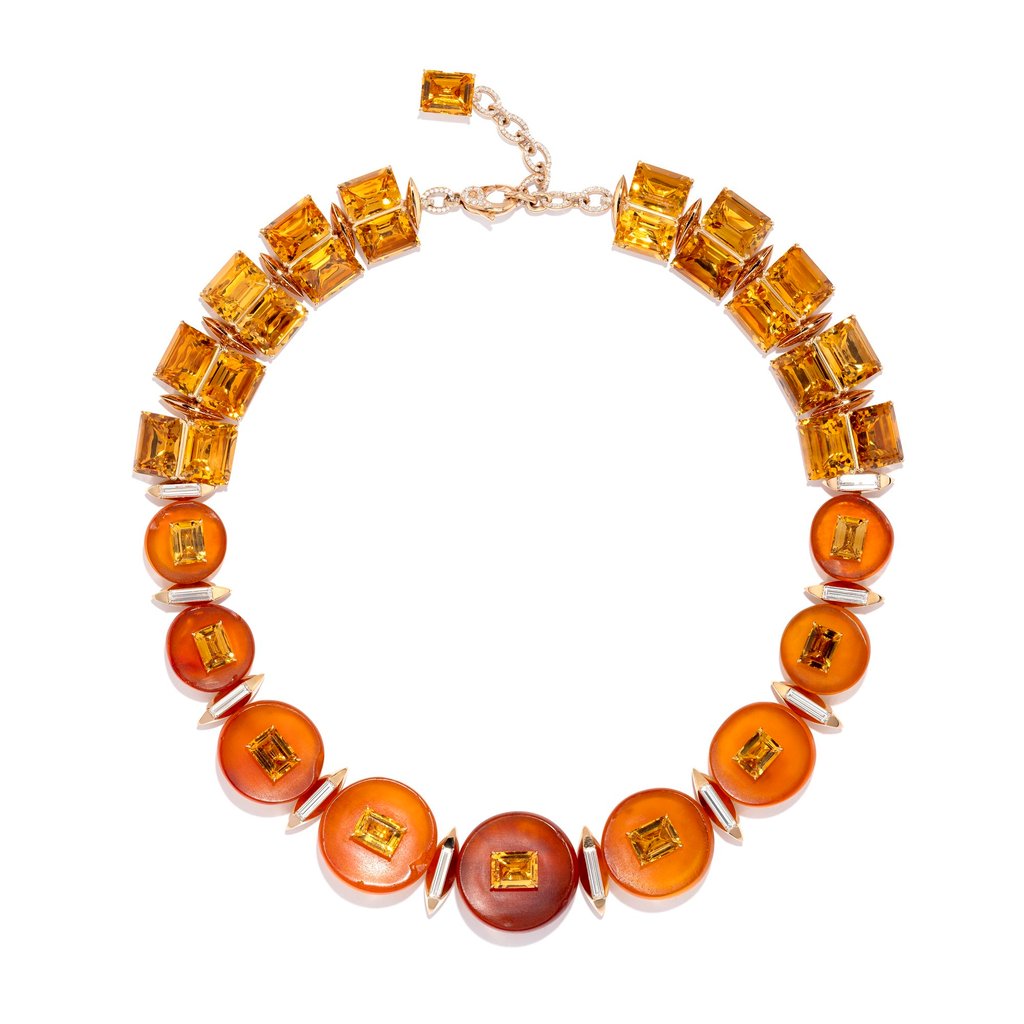Amber jewellery fires up: the gem’s journey from ancient forests of the Amber Coast to Hemmerle’s exquisite pieces

- Preserved for aeons, fossilised tree resin is viewed as a precious stone despite not having a mineral origin and has been used in jewellery for centuries, in cultures from Ancient Greece to China
Amber, a fiery gem recognisable by its honey-brown hue, is one of the oldest materials used in jewellery and one of the few substances considered a semi-precious stone that is not of mineral origin.
Instead, amber is fossilised tree resin that has hardened after being buried for millennia through a chemical change called maturation. This process also turns the amber translucent, revealing natural inclusions including air bubbles and ancient organisms trapped in the resin, from plants to insects and even small vertebrates.
The most significant deposits of amber are in the Dominican Republic, Mexico and Myanmar, but especially on the Amber Coast – an area beside the Baltic Sea in Kaliningrad, Russia, which has been excavated since the mid-19th century. There, two deposits – Palmnikenskoe and Primorskoe – contain a staggering 80 per cent of the world’s amber.

The stone’s use in jewellery can be traced back to antiquity and it continues to fascinate today, lending a radiant canvas for unique pieces.
In China, it’s long been viewed as bringing good fortune, being used as prayer beads in Chinese Buddhism. The Greeks, meanwhile, believed that amber represented the tears of the sun god Apollo, fallen into the sea and washed ashore. In the Baltic region, amber held great religious significance, considered a gift from the gods, and in Lithuania, it was also highly prized for its healing properties. During the Middle Ages, amber jewellery symbolised wealth and power for European nobility who used it to adorn crowns, sceptres and other royal treasures.
One of the best-known jewellers championing it is the family-run house of Hemmerle. Founded in Munich by brothers Joseph and Anton Hemmerle, the brand is known for using unconventional materials. Carving amber into beads, Christian and Yasmin Hemmerle – the maison’s current generation – have paired the stone with orange sapphires.

“Our design methodology focuses on colour theory and complementing textures,” they say. “Amber has such a vibrant tone that pairs perfectly with patinated copper, antique coral, Umba sapphires, orange wood and other materials. Considering the several million years required for amber to be formed, it is quite fascinating bringing to life such ancient natural matter within contemporary jewellery creations.”
Another designer working with amber is Glenn Spiro, who founded his own label in 2014. For the gold necklace in his new Materials of the Old World collection unveiled during last year’s Pad design fair in London, the jeweller cut antique amber into ornamental rondelles and flanked the stones with orange emerald-cut citrine and sparkling white diamonds.